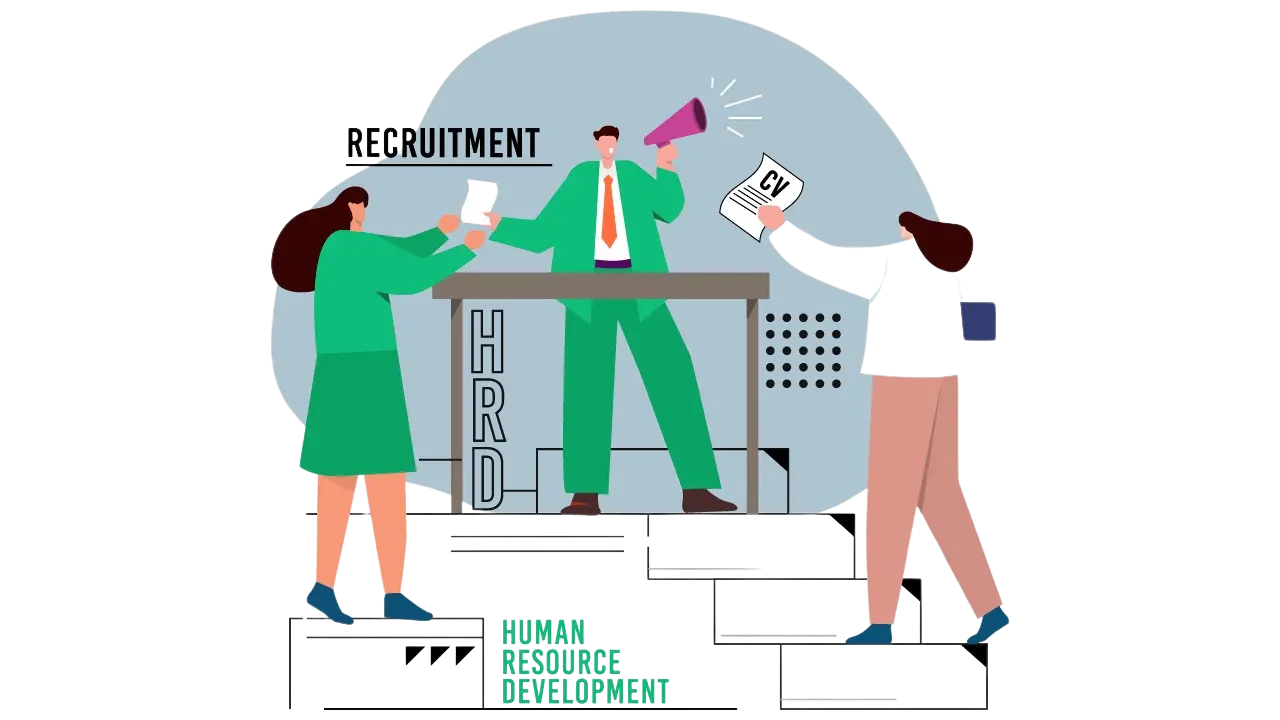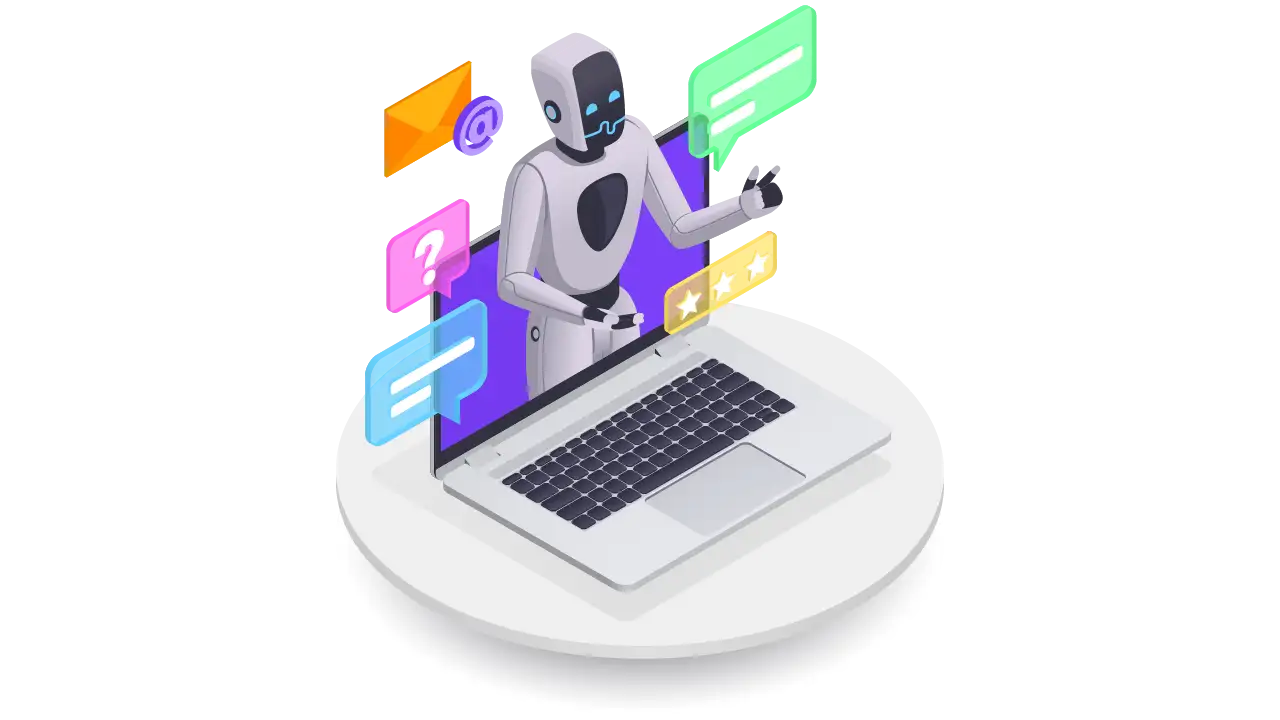


As organizations continue to evolve in response to changing market demands, technological advancements, and the new dynamics of the workforce, the role of HR is poised for a transformative leap. In 2023, HR emerged from its traditional administrative function to become a critical driver of organizational strategy, setting the stage for an even more strategic future. Looking ahead to 2024 and beyond, HR will not only shape the future of work but also play a pivotal role in driving business outcomes through people-centric strategies, technology integration, and data-driven insights.
The transformation in 2023 saw HR taking on a broader, more strategic role, becoming a key partner in shaping organizational direction. Remote and hybrid work models, coupled with the rising importance of employee experience (EX) and employer value proposition (EVP), have elevated HR to a position where its influence spans across culture, talent strategy, and overall organizational growth. This expansion is set to continue, with HR professionals increasingly expected to operate at the intersection of business and people strategies.
HR’s broader role in the future will also involve navigating external challenges, such as shifts in global talent markets, regulatory changes, and evolving employee expectations. This requires HR leaders to adopt a proactive, strategic approach, moving beyond problem-solving to future-proofing the workforce.
In 2023, several key trends were predicted to shape the future of HR, many of which have already started materializing. One of the main predictions was the growing reliance on people analytics to drive HR’s strategic contributions. The increasing need for employee experience (EX) and employer value proposition (EVP) was also highlighted, with organizations focusing on creating personalized employee journeys and offering compelling workplace cultures to stay competitive in a tight talent market. Furthermore, upskilling and reskilling were seen as critical imperatives, driven by rapid technological change and widening skill gaps. These predictions laid the foundation for HR's evolving role in workforce planning, data-driven decision-making, and business-aligned talent strategies. As 2024 approaches, these trends continue to shape the strategic trajectory of HR, with even more emphasis on agility, digitalization, and long-term talent management.
Transitioning to the futuristic role of HR necessitates the right resources, frameworks, and strategies. According to a comprehensive guide by Gartner (2022), organizations must focus on four core imperatives to create a forward-looking HR operating model that aligns with business outcomes:
1. Reinventing the HR Business Partner (HRBP) Role: HRBPs need to evolve into strategic talent leaders who can directly address critical business opportunities. This transformation involves shifting HRBP responsibilities from purely operational tasks to more strategic functions that align with business goals. HRBPs will become trusted advisors who work closely with senior leadership to shape talent strategies and influence business outcomes.
2. Building a Dynamic Pool of Problem Solvers: Future HR functions will require agile teams capable of addressing rapidly changing organizational priorities. HR teams will need to operate in a more flexible, project-based environment, where they collaborate across functions to solve key business challenges. This dynamic approach enhances HR’s responsiveness and ensures that talent strategies remain aligned with evolving business needs.
3. Establishing Next-Generation Centers of Excellence (COEs): As the demand for specialized skills increases, HR must develop next-generation COEs that can distribute expertise across the organization. These COEs will not only handle technical aspects of HR but also play a crucial role in talent development and innovation, ensuring that HR remains aligned with long-term organizational goals.
4. Building Robust HR Operations and Service Delivery Teams: HR service delivery must evolve into a more efficient and centralized function, led by an HR Chief Operating Officer (COO). Streamlining HR operations enables organizations to provide consistent, high-quality service to employees and managers, freeing up resources for more strategic activities. Centralized HR operations will also help in maintaining data integrity, optimizing HR processes, and improving employee experiences.
To successfully implement these HR transformations, organizations need a set of robust tools and strategies:
To ensure that HR continues to drive business outcomes, organizations must invest in the resources and frameworks that support this transformation. The first step involves streamlining HR operations to ensure efficiency and agility. Once operational maturity is achieved, HR can focus on strategic initiatives that align with long-term business goals.
Leadership buy-in and change management are critical to this process. HR transformation requires transparent communication, long-term planning, and a clear narrative that aligns with the organization’s overall strategy. By building a strong case for the value that HR can bring to the organization, HR leaders can ensure the successful implementation of these changes.
In conclusion, the future of HR is strategic, data-driven, and people-focused. By embracing AI, people analytics, and agile work structures, HR will not only manage the workforce of tomorrow but also shape the future of work. The resources needed to implement this transformation—ranging from technology to next-generation HR structures—will be essential in ensuring that HR can drive meaningful business outcomes in an ever-evolving landscape.

Organizations operating in distributed, high-volume, or high-variability environments, such as HR shared services...

As the digital landscape evolves, data-powered organizations are gaining a competitive edge. Data has become the new currency...

The world of work is evolving at an unprecedented pace, and outplacement and workforce transition consulting...

The workplace is rapidly evolving at an unprecedented pace. As organizations navigate a landscape increasingly influenced by artificial intelligence...

Artificial Intelligence (AI) isn’t just some sci-fi fantasy anymore—it’s really changing the way companies work today...

In today’s fast-paced business world, People Analytics is reshaping the way organizations attract, engage, and retain talent...